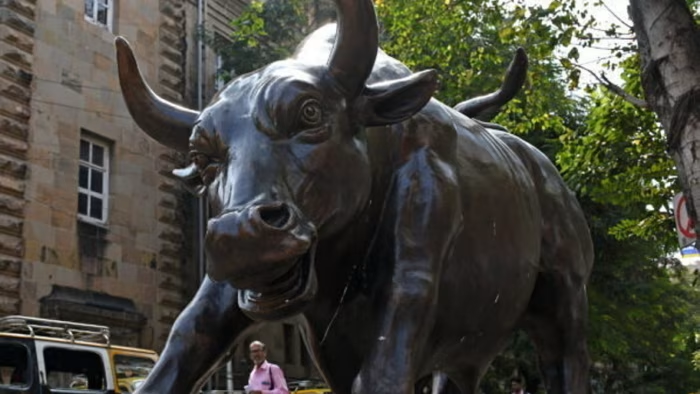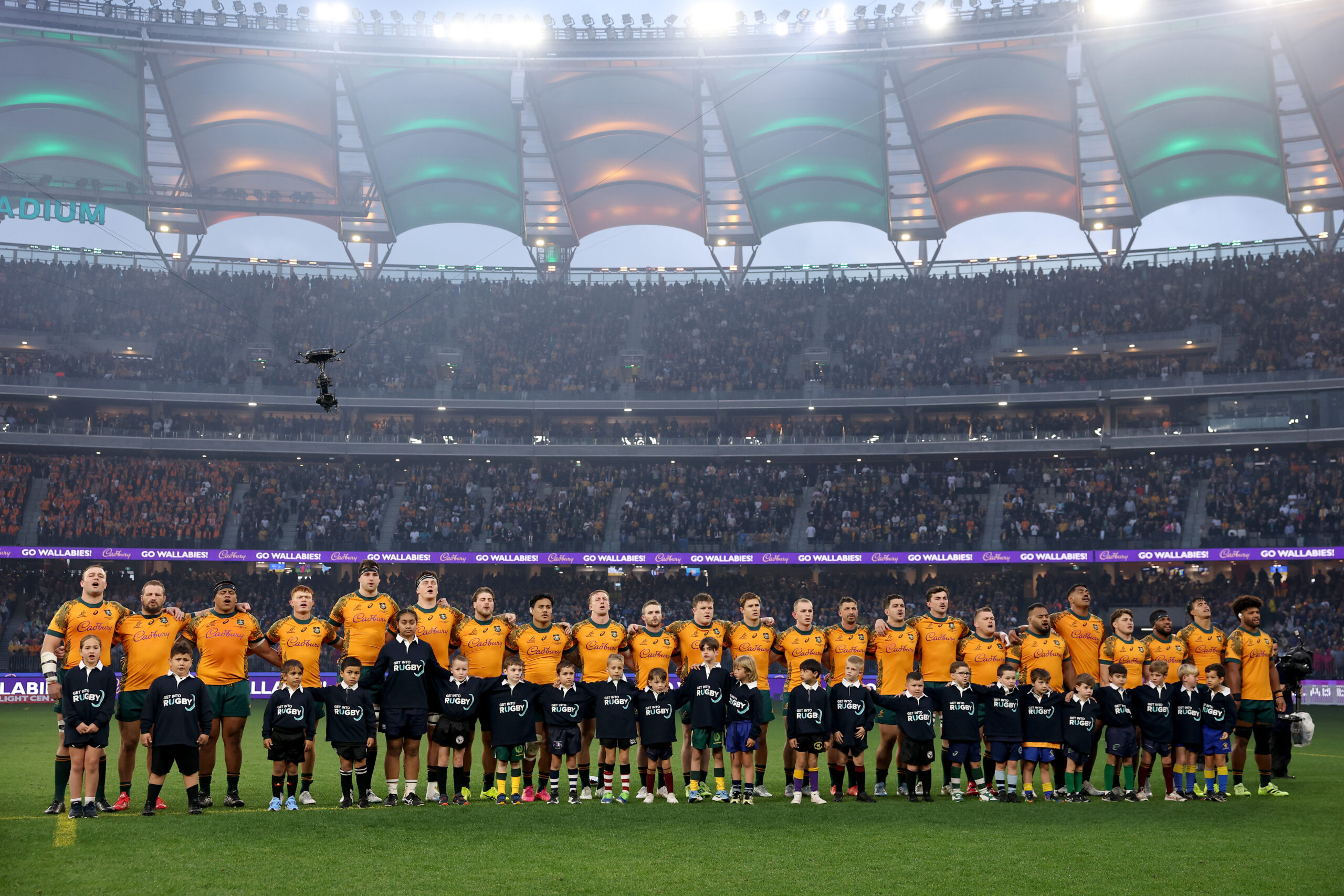Unlock the Editor’s Digest for free
Roula Khalaf, Editor of the FT, selects her favourite stories in this weekly newsletter.
India is set for a blockbuster month of initial public offerings after a slow start to the year, as companies take advantage of a stock market rebound from the initial turbulence of US President Donald Trump’s tariff threats.
Two of the year’s biggest IPOs are hitting markets this week, with the $1.7bn listing of Tata Capital on Monday and the $1.3bn debut of LG Electronics’ India business on Tuesday. In total, analysts forecast about $5bn of IPOs this month, with another $5bn before the year-end.
The “India IPO pipeline is the most active it has been”, said Harish Raman, co-head of Asia equity capital markets at Citigroup.
Equities have recovered from an unexpectedly slow start to the year after Trump’s “liberation day” tariffs in April and a brief military conflict with Pakistan in May raised concerns about the country’s economic growth.
Although 50 per cent tariffs on India remain in place — among the highest in the world — the market has largely shrugged off the threat, with the Nifty 50 stock index up 14 per cent from an April low.
IPOs are on track to overtake last year’s record of $21bn. Much of the activity has been concentrated in October as steady earnings and recent government vows to overhaul the goods and services tax have “boosted overall confidence in the primary market”, said Pranav Haridasan, chief executive of Axis Securities.
Other expected listings include the $1bn-plus debut of ICICI Prudential Asset Management and that of Pine Labs, a digital payments company backed by PayPal and Temasek that hopes to raise nearly $700mn.
WeWork India, which the US parent sold to Indian property group Embassy last year, raised more than $350mn this month.
George Chan, EY’s global head of IPOs, said the rebound of activity in the second half was supported by strong valuation multiples and domestic investor demand.
“The rise in average deal size reflects growing investor optimism in sectors such as fintech, manufacturing and renewables,” he said in a report last week.
India Business Briefing
The Indian professional’s must-read on business and policy in the world’s fastest-growing big economy. Sign up for the newsletter here
Domestic investors have put a net $63.2bn into the market this year, more than covering $25.3bn in net outflows of foreign holdings, according to data from Groww, one of India’s largest online trading platforms.
Mutual funds have become a popular vehicle for retail investors, with households ploughing about $3bn a month into funds through systematic investment plans, according to Yatin Singh, chief executive of investment banking at Emkay Global Financial Services.
The steady inflows in turn are “providing strong support to fundraising activity”, said Kailash Soni, head of India equity capital markets at Goldman Sachs.
But the domestic funds’ dominance has also shut out foreign investors from the IPO rush.
“Because the participation of domestic mutual funds is so heavy the allocations become very limited,” said Rita Tahilramani, investment director of Asian equities at Aberdeen, adding that allotments were “so minuscule that even if I make good money on that front it’s meaningless”.
She also raised concerns about “very expensive” valuations that mean “there’s nothing left on the table for an investor in the IPO”.
Nonetheless, domestic funds are expected to continue supporting the market, especially since the government restricts individual foreign investment by Indians to $250,000 a year.
“Indian investors don’t have the option of shopping around Asia for the best bargain,” said Singh, “so structurally, whatever monies come in need to get redeployed within India.”







